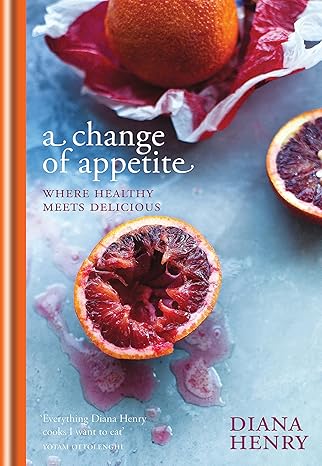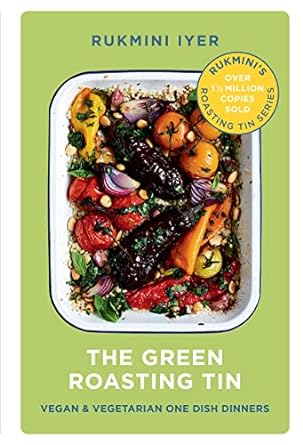Watercress

NUTRITION
Watercress is rich in vitamin C, calcium, iron and folic acid. It is a cruciferous plant containing anti-cancer phytochemicals such as beta-carotene and flavonoids. consumption of this leaf can help improve liver and kidney function.
Raw watercress adds a peppery yet smooth edge to dishes and is highly nutritious. Use it in salads in place of the ubiquitous rocket, or try a watercress and Marmite sandwich. It is a classic soup ingredient and when cooked has a milder flavour. It's also great in juices and gives carrot-based drinks a lovely bite.
HISTORY
Watercress has been cultivated since Roman times. It is referred to in Irish poetry from the 12th century and has been grown in southern England since the early 1800s. Watercress was once popular as a tea, freshly made with lemon and sugar, and it has been used throughout history in Europe and Asia as a tonic for various ills.
BIOLOGY
A member of the mustard family and related to garden cress. Watercress is a fast growing semi-aquatic plant that thrives in slightly alkaline water.
TIPS
BUYING
Look for crisp leaves with a deep green colour.
STORING
Watercress is very perishable but can be kept in good condition for a
couple of days by refrigerating it stems-down in a glass of water, covered
with a plastic bag.
PREPARING
Wash thoroughly just before use.
MISCELLANY
The proper name for watercress is Nasturtium officinale. Nasturtium is Latin for 'nose twister', a reference to the plant's pungency.
IN OUR FAVOURITE BOOKS
To support site running costs, we participate in the Amazon affiliates scheme and book links take you to the relevant Amazon page.
 Includes a recipe for
Includes a recipe for Watercress pesto
 Includes a recipe for
Includes a recipe for Jewelled pearl barley with squash, pomegranate, watercress & feta
 Includes a recipe for
Includes a recipe for Fennel, watercress and pear salad


